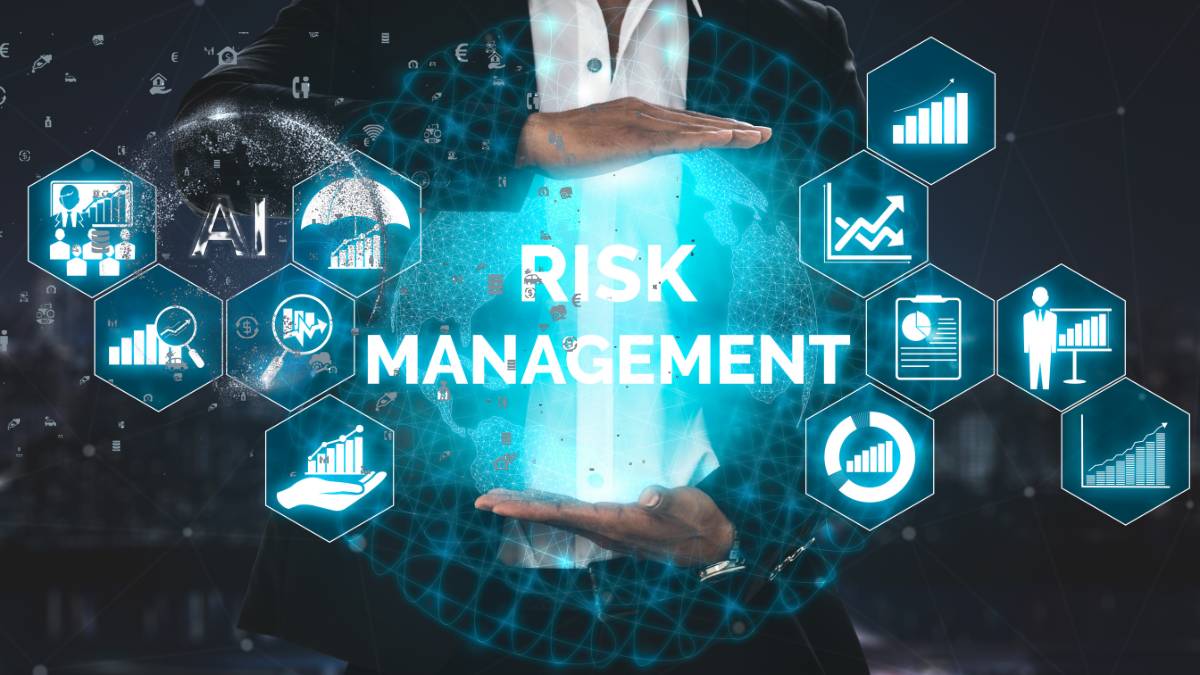The financial sector is undergoing a profound transformation driven by artificial intelligence (AI). One of the most critical areas where this shift is taking place is financial risk management. Banks face growing regulatory scrutiny, volatile markets, and complex financial instruments. Traditional risk assessment methods often fall short in detecting emerging threats. That’s where AI in financial risk management comes into play.
By leveraging machine learning, predictive analytics, and real-time data processing, AI helps banks enhance decision-making, reduce losses, and stay compliant. This article explores 10 powerful, AI-driven strategies banks are using to manage risk more effectively.
1. Real-Time Credit Risk Assessment Using AI
AI in credit risk management enables banks to assess borrower risk more dynamically. Unlike conventional scoring systems that rely on historical data, AI models incorporate real-time financial behavior, social data, transaction history, and even mobile usage patterns to create a more holistic risk profile.
This allows financial institutions to make faster, more accurate lending decisions while reducing default risk—especially when serving thin-file or unbanked customers.
2. AI-Based Fraud Detection and Prevention
One of the most successful applications of AI in financial services is fraud detection. AI algorithms can monitor millions of transactions instantly, identifying anomalies that indicate potential fraud. These systems evolve through machine learning, improving their ability to detect fraudulent patterns over time.
Natural language processing (NLP) and deep learning are increasingly being used to monitor communications and flag suspicious behavior in insider trading, money laundering, and cyber fraud.
3. Stress Testing and Scenario Analysis with Predictive Analytics
AI in financial risk management allows banks to conduct sophisticated stress testing and scenario analysis. Traditional models often struggle to simulate unpredictable, nonlinear market conditions.
Machine learning models can process massive volumes of historical and real-time data to simulate potential outcomes and quantify exposure under different economic scenarios. This empowers banks to make data-driven decisions and prepare contingency plans in advance.
4. AI-Driven Market Risk Modeling
Market risk—linked to fluctuations in interest rates, stock prices, or currency values—can cause significant financial exposure. AI enhances market risk modeling by analyzing complex market movements in real time and predicting trends based on both structured (price feeds) and unstructured (news, social media) data.
Banks use AI-powered trading algorithms to anticipate volatility, hedge positions more effectively, and reduce exposure to systemic risk.
5. Regulatory Compliance and Anti-Money Laundering (AML)
Compliance is a growing challenge in banking, with global regulations continuously evolving. AI tools support regulatory compliance by automating Know Your Customer (KYC), AML checks, and reporting.
AI systems scan and analyze large volumes of data to detect red flags in customer behavior, flag suspicious transactions, and ensure that banks meet compliance obligations—thus reducing regulatory penalties and improving governance.
6. Operational Risk Management Through Intelligent Automation
Operational risks—ranging from system failures to human errors—can disrupt banking services and damage reputation. AI in operational risk management uses intelligent automation and robotic process automation (RPA) to detect anomalies, monitor processes, and prevent system breakdowns.
By automating routine risk assessments, banks can identify and mitigate threats such as IT outages, process inefficiencies, or internal fraud before they escalate.
7. Behavioral Risk Analysis for Insider Threat Detection
AI technologies like machine learning and behavioral analytics help detect insider threats by monitoring employee activity for signs of policy violations or malicious intent.
For example, AI systems can analyze email tone, login patterns, or data downloads and correlate them with behavioral baselines to identify abnormal behavior. This proactive approach to behavioral risk management strengthens cybersecurity and protects sensitive financial data.
8. Dynamic Risk Scoring and Portfolio Management
In today’s fast-moving financial markets, static risk scores quickly become outdated. AI in portfolio risk management allows banks and asset managers to create dynamic risk scores that adapt in real time.
These AI tools continuously assess portfolio performance, market conditions, and client preferences, enabling institutions to rebalance portfolios automatically and maintain optimal risk-reward ratios.
9. Supply Chain and Counterparty Risk Monitoring
Banks are increasingly exposed to counterparty and supply chain risks, especially in trade finance and corporate lending. AI-based systems analyze supplier networks, geopolitical factors, credit ratings, and transactional data to evaluate counterparty health.
This enables real-time risk scoring of vendors, partners, and borrowers, reducing exposure to defaults, bankruptcies, or supply chain disruptions.
10. ESG Risk Management and Responsible AI Integration
Environmental, Social, and Governance (ESG) risks are gaining importance in risk management frameworks. AI can evaluate ESG-related risks by analyzing vast data sets, including satellite images, corporate disclosures, news sentiment, and sustainability metrics.
Additionally, integrating ethical and responsible AI principles ensures that risk decisions remain transparent, unbiased, and compliant with ESG guidelines and stakeholder expectations.
Final Thoughts
The integration of AI in financial risk management is revolutionizing how banks identify, assess, and mitigate risks. From predictive credit scoring to real-time fraud detection, AI provides a comprehensive, data-driven approach to managing uncertainty in a rapidly changing financial landscape.
As regulatory demands rise and financial products become more complex, AI offers banks a scalable and intelligent solution to maintain resilience and foster trust. Institutions that prioritize AI-powered risk management will gain a competitive edge—balancing innovation with stability.


